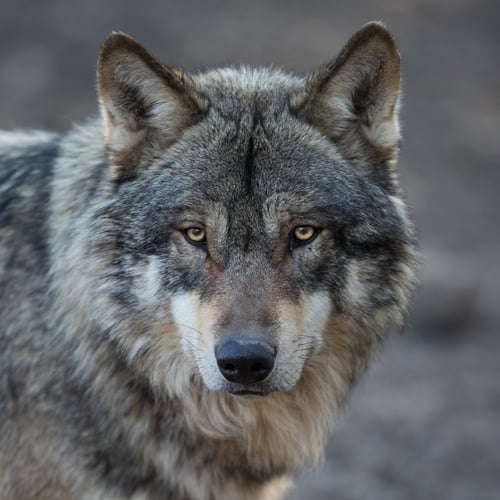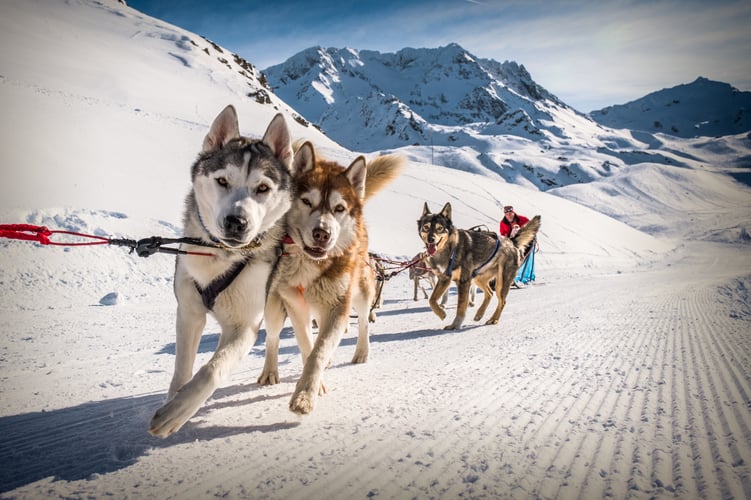The evolutionary adaptation of wolves into domesticated dogs stands as one of the most intriguing examples of coevolution between humans and animals. This transformation, rooted in millennia of shared history, offers valuable insights into the mechanisms driving species adaptation and the profound ecological impact of canids.
The evolutionary lineage of domesticated dogs traces back to the gray wolf (Canis lupus), a highly adaptable canid with a complex social structure. An estimated 15,000 to 40,000 years ago, wolves began to form mutually beneficial relationships with early human hunter-gatherer societies. Over time, as humans transitioned from nomadic hunter-gatherer lifestyles to settled agricultural communities, dogs played increasingly diverse roles, including hunting companions, guardians, and labor aids. However, the domestication of wolves into dogs was not a linear process but rather a dynamic interaction shaped by selective pressures through artificial selection and human socio-cultural dynamics. Early human societies likely favored wolves displaying less aggressive tendencies and greater tolerance of human presence, gradually leading to the emergence of man’s best friend.

Portrait of Grey Wolf
In order to understand this timeline, genomic research is used reveal the domestication process. By analyzing ancient DNA samples and comparing the genomes of modern wolves and dogs, scientists have identified key genetic changes associated with domestication. These genetic alterations primarily involve genes related to behavior, such as those influencing sociability, fear response, and communication. Furthermore, genomic studies have revealed multiple instances of domestication events across different geographical regions, underscoring the complex and dynamic nature of the domestication process.
Over the course of history, humans have selectively bred dogs into an astonishing array of over 300 recognized breeds, each meticulously tailored for various purposes, ranging from herding and hunting to companionship and protection. This evolutionary journey has been nothing short of remarkable, as within just a few centuries, humans have sculpted a diverse spectrum of dog breeds from their common ancestor, the gray wolf. The span of this transformation underscores the remarkable adaptability and plasticity within the canine genome. Despite the vast differences in appearance, size, and temperament among breeds, they all remain members of a single species, Canis lupus familiaris. This classification persists due to the fundamental genetic compatibility and ability for interbreeding among all breeds, highlighting the underlying unity that binds this diverse array of canines together.

Dogs pulling sled through snow covered landscape
The evolution of wolves into dogs represents a remarkable testament to the adaptive capabilities of species in response to human interactions. While dogs have become integral companions in human societies, wolves fulfill an essential ecological role as a keystone species, shaping ecosystems and providing invaluable services. By controlling herbivore populations, wolves indirectly promote vegetation growth and biodiversity, fostering healthy and resilient ecosystems. Furthermore, this presence can indirectly benefit other wildlife species by creating habitat heterogeneity and reducing competition for resources.
Despite their ecological importance, wolves face numerous threats, including habitat loss and human-wildlife conflict. Effective wolf conservation strategies must prioritize habitat protection, mitigate human-wildlife conflicts through non-lethal methods, and promote coexistence between wolves and human communities. It was earlier human tolerance of wolves that eventually led to the evolution of the four-legged friends that many of us share our homes with. Today that same tolerance plays a key role in how and where wolves survive in our modern ecosystems. Whether it’s wolves or elk, bears or bobcats, all wildlife depends on humanity’s ability to effectively share this space we all call home.
Paige McAllister is a naturalist at Walking Mountains who has two ancient wolves descendants of her own, her dogs Autumn and Marley.







